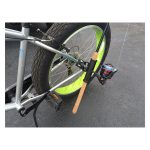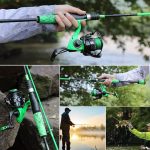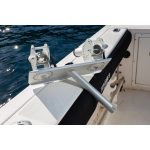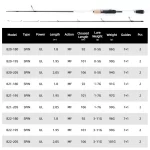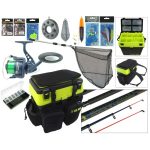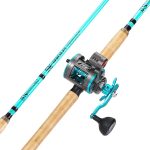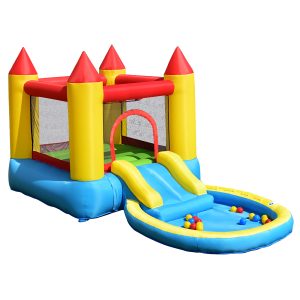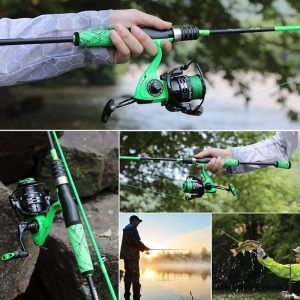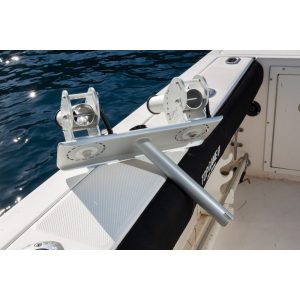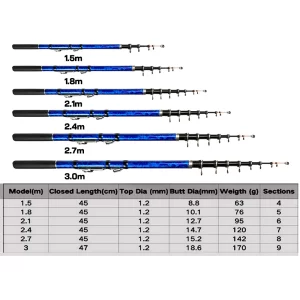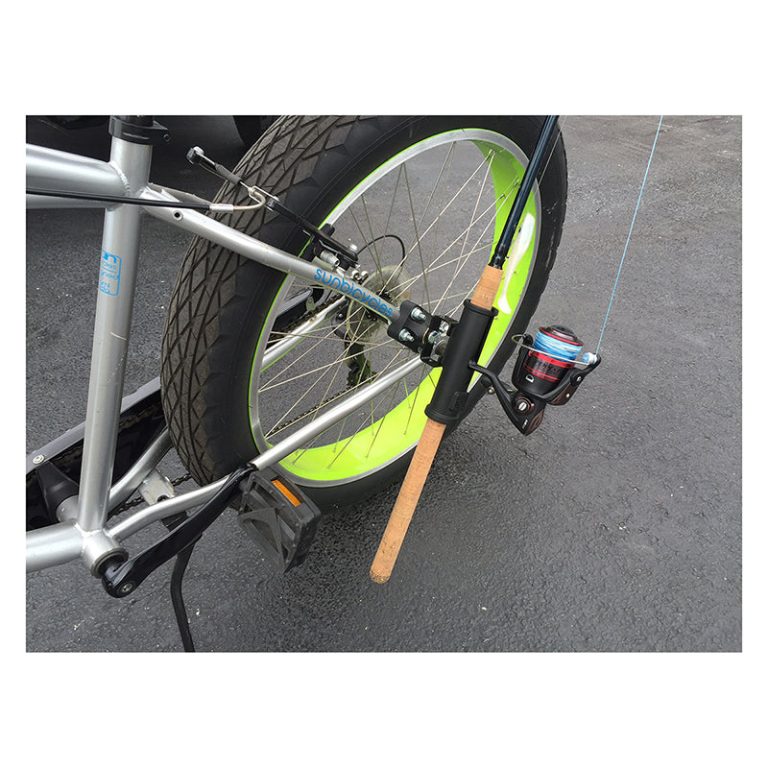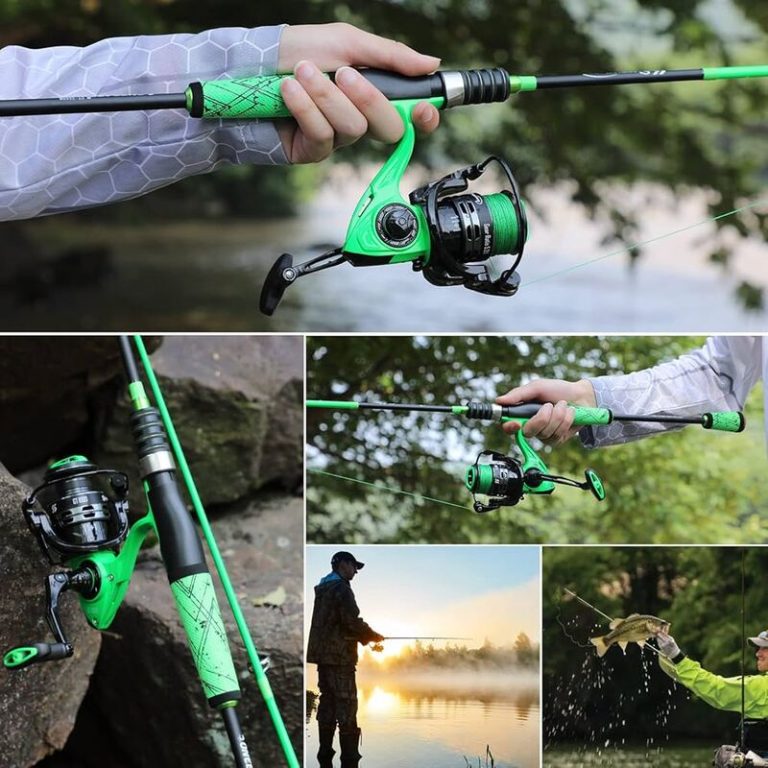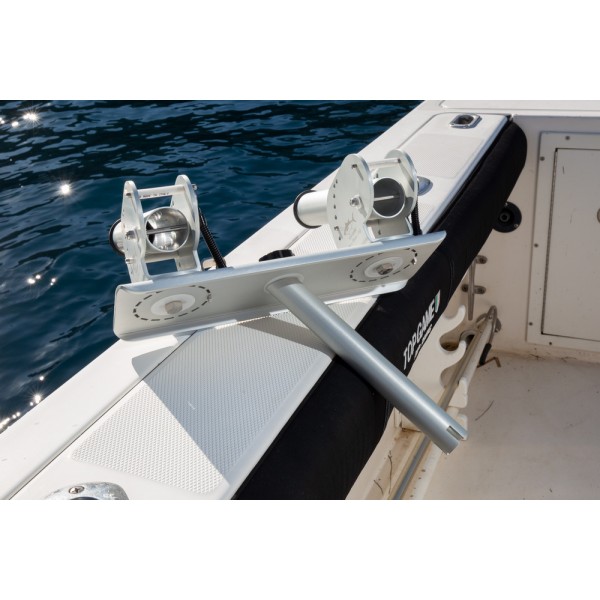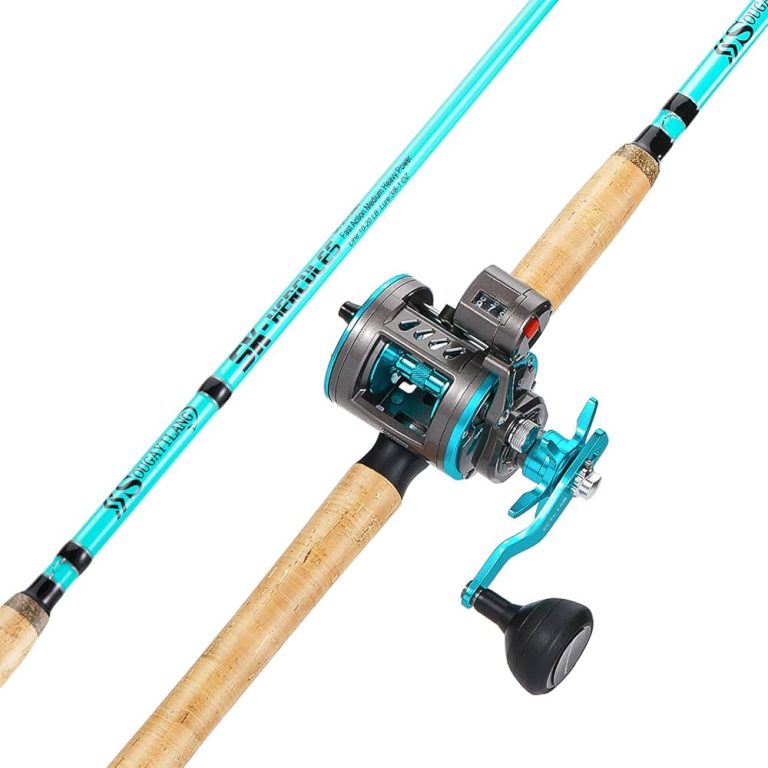Fixed gear bikes, often referred to as “fixies,” have gained immense popularity over the years. They provide a unique cycling experience, offering simplicity and a direct connection with the road. However, just like any other bicycle, they require regular maintenance to keep them in top condition. By staying proactive with maintenance, you can ensure a smooth ride and potentially extend the life of your bike. In this article, we’ll explore essential maintenance tips that every fixed gear bike owner should know.
Understanding Your Fixed Gear Bike
The Basic Components
Before diving into maintenance, it is essential to understand your bike’s basic components. A fixed gear bike primarily consists of the frame, wheels, handlebars, and drivetrain. Each of these parts plays a crucial role in the bike’s performance. The drivetrain, which includes the crankset, chain, and rear cog, is critical for gear engagement. A well-functioning drivetrain means a smooth pedaling experience. Moreover, it’s important to recognize that the frame’s material can affect durability and weight.
Knowing the components allows you to troubleshoot issues effectively. For example, if your bike feels sluggish, it may be due to a worn-out chain or cog. By familiarizing yourself with your bike’s parts, you can perform checks and identify when something seems off. This knowledge is vital; understanding your bike helps you recognize noises or unusual feelings while riding.
The Importance of Regular Checks
Regular maintenance checks can prevent larger issues from developing. You should establish a routine to inspect your bike, ideally every month or after significant rides. Consistent checks can catch tiny issues before they evolve into major problems. For example, a small brake misalignment can worsen if ignored and require more complicated repairs later.
Furthermore, regular inspection can enhance safety. Riding on a poorly maintained bike is dangerous, especially for a fixed gear bike with no brakes. Ensuring that your bike’s components are functioning correctly not only prolongs its life but also keeps you safe on the road. By treating maintenance with urgency, you embrace responsible cycling practices.

Tire Care and Maintenance
Inspecting Tire Conditions
The condition of your tires is crucial for your overall riding experience. It is essential to check for any signs of wear regularly. Look for cracks, cuts, or bald patches, as these can lead to blowouts. Inspecting the tires involves examining the tread depth. A shallow tread can affect grip and stability.
Additionally, it’s wise to assess tire pressure frequently. Under-inflated tires can add unnecessary strain on your legs. Conversely, over-inflated tires can make your ride uncomfortable. The ideal pressure varies by tire type, so always refer to the manufacturer’s recommendations.
Rotating and Replacing Tires
Tires do not wear evenly; therefore, rotating them can prolong their lifespan. By moving the front tire to the back and vice versa, you ensure a more uniform wear pattern. Additionally, consider replacing your tires when tread depth becomes too shallow. It’s better to replace tires proactively rather than risk a blowout during a ride.
Replacing tires is relatively straightforward. Remove the old tires, check rims for damage, and install new tires carefully. Always use compatible tire sizes for your bike. Taking care to ensure correct installation will save time and hassle later on. Thus, dedicating time to these tasks enhances your bike’s performance significantly.
Drivetrain Maintenance
Clean and Lubricate the Chain
The drivetrain is your bike’s heartbeat. Keeping it clean and lubricated is essential for optimal performance. Dirt and grime can accumulate on the chain, affecting smooth rotation. Start by using a chain cleaning tool or a simple rag to wipe down the chain. Remove any debris carefully to prevent wear.
Once cleaned, apply lubricant suitable for bicycle chains. A few drops will suffice; avoid over-lubrication as it attracts more dirt. After applying, work the chain through a few rotations. This step ensures even distribution of lubricant, leading to a smoother ride.
Inspecting the Cog and Crankset
The rear cog and crankset are also critical components to examine. Look for any signs of wear, such as teeth that are worn down or misshapen. Clear any debris trapped between the teeth. This cleaning not only helps performance but also minimizes corrosion.
When inspecting the crankset, look for any looseness in the pedals or crank arms. Tighten them appropriately if you notice any play. A loose pedal can lead to difficulties in pedaling efficiency. An efficient drivetrain ensures power transfer remains smooth, providing you with that seamless fixie experience.
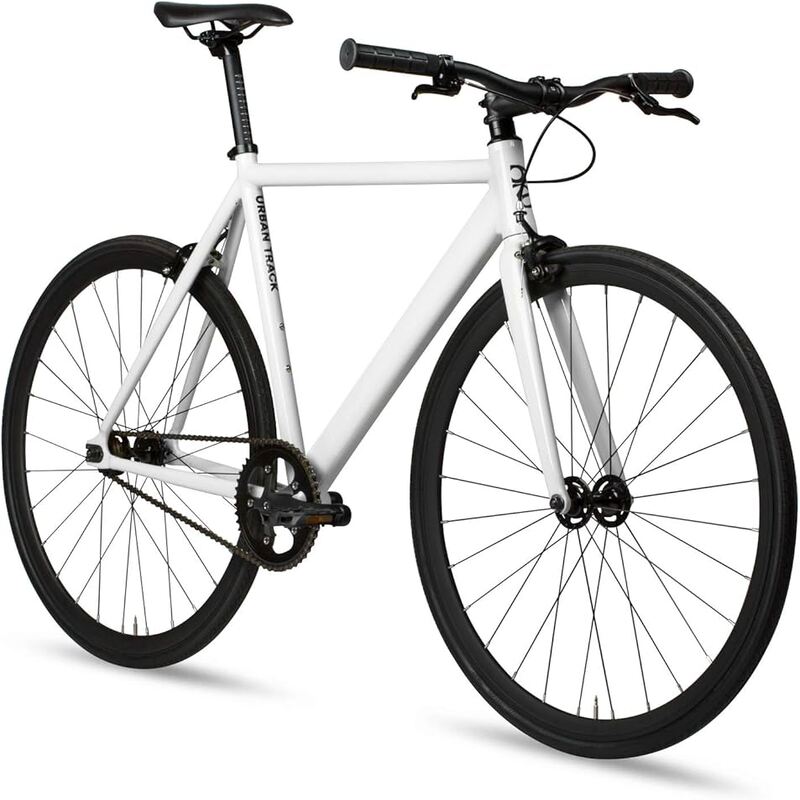
Brake Systems and Their Care
Importance of Your Brake System
Fixed gear bikes often rely on their ability to slow down through leg resistance. However, having a brake is still essential for safety. Whether you ride with front or rear brakes, regular inspections are vital for your safety. Always check for any signs of wear or malfunction in your braking system.
If you’re using a brake, ensure that the pads are aligned correctly and engaging the rim effectively. Misalignment can reduce braking power, which is dangerous. Maintaining alignment also prolongs the life of both pad and rim. Therefore, incorporating brake checks in your routine is prudent.
Cleaning Brake Components
Cleaning your brake components is another crucial step in maintenance. Brake pads can accumulate dirt, affecting their efficacy. You can use rubbing alcohol or specialized brake cleaners to wipe them down. Additionally, inspect the brake lever for any signs of wear or damage.
If you notice any stiff movement, apply a little lubricant to ensure smooth functioning. Brake cables can also wear out over time; check for fraying or rust. If cables are damaged, they should be replaced immediately for safety. Keeping your braking system in top condition enhances not only performance but also your confidence while biking.
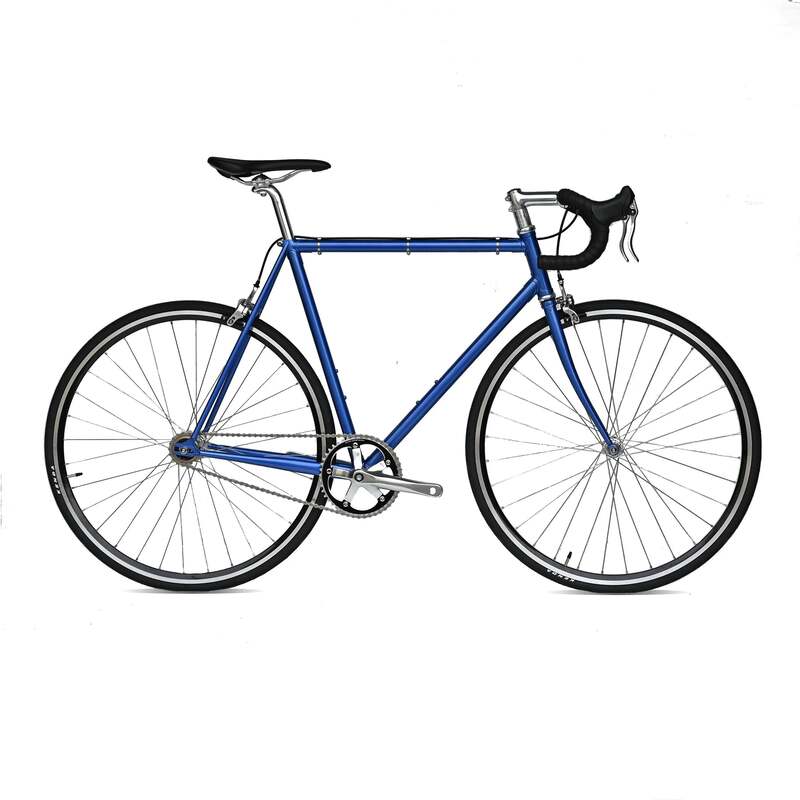
Frame and Fork Maintenance
Inspecting Frame and Fork Condition
Your bike’s frame and fork are integral for durability and ride quality. Regular inspection is vital for spotting any cracks or bends. Start by examining for any signs of damage, particularly if you’ve experienced a rough ride. Some materials, such as aluminum or carbon fiber, may show stress more readily than others.
Additionally, inspect the welds for any signs of fatigue. Pay close attention to join points, as these areas bear a lot of stresses. Minor damage can escalate quickly if ignored; thus, maintaining vigilance is essential. A compromised frame can lead to complete failure while riding, which poses safety risks.
Cleaning and Protecting the Frame
Cleaning your bike frame helps maintain its appearance and integrity. Avoid aggressive chemicals that may damage the paint. Use mild soap and water along with soft brushes to clean.
After cleaning, consider using bike-specific protective coatings. These products help shield your frame against elements such as water and road grime. Regular cleaning and protection can help maintain the aesthetic appeal of your bike and prolong its life.
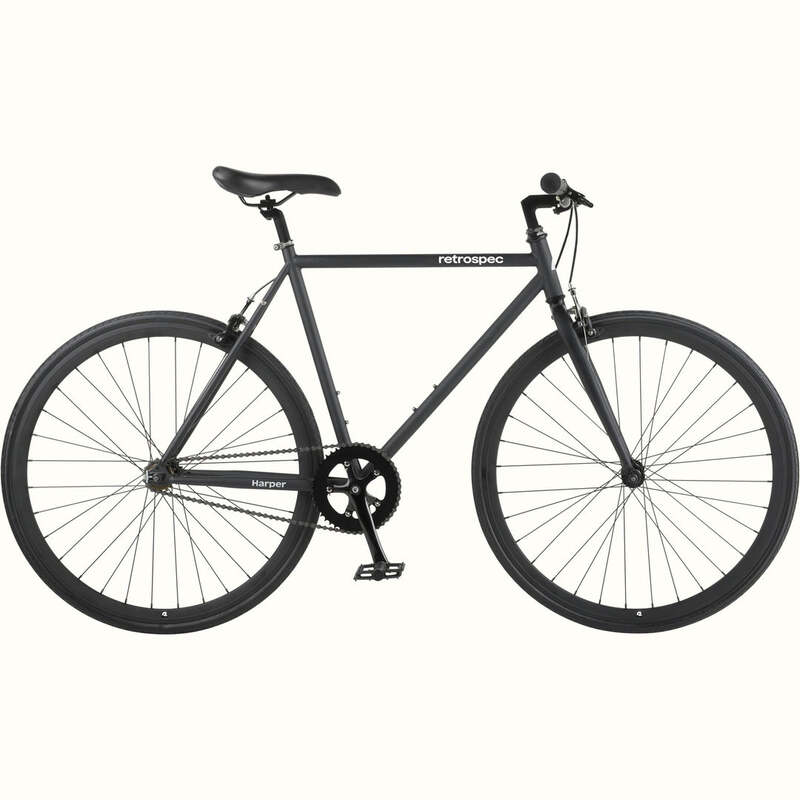
Seasonal Maintenance Tips
Preparing for Winter
Winter can be harsh on your bike due to snow, ice, and road salt. Preparing your fixed gear bike for these elements requires extra attention. Start by washing your bike thoroughly to remove any existing grime. Pay close attention to the drivetrain, as salt can cause significant rusting.
Consider switching to winter-specific tires that provide better traction on slippery roads. If you plan on storing your bike during cold months, ensure it’s indoors, away from freezing temperatures. This temperature regulation prevents damage from condensation and gets your bike ready for spring rides.
Spring Cleaning
Once winter gives way to spring, a thorough cleaning is in order. Spring cleaning allows you to assess any damages caused by winter wear and tear. Start with a detailed inspection, checking all components for any signs of corrosion or misalignment.
Lubricate the chain and other moving parts to ensure they function smoothly as the riding season warms up. Additionally, check your brakes for adequate performance. Spring cleaning sets the tone for a fantastic cycling season ahead. By staying proactive, you elevate both safety and performance for longer rides.
Repairing Common Problems
Fixing a Flat Tire
Flat tires are common among all bike types, including fixed gear bikes. When you encounter a flat, begin by carefully removing the wheel from the frame. Use tire levers to detach the tire from the rim gently. Once removed, inspect the inner tube for punctures.
If the damage is minor, consider patching it. There are repair kits available that facilitate this process easily. If the puncture is extensive, replacing the tube might be necessary. Always check the tire for any sharp objects before reinstalling it. Maintaining vigilance in identifying root causes mitigates future flat occurrences.
Adjusting Components
Occasionally, components may require realignment or tightening. Begin by checking your handlebars; they should be securely fastened to the stem. Loose handlebars can affect your steering and overall control.
Additionally, inspect your saddle height and position. A properly positioned saddle ensures comfort and efficiency while pedaling. Small adjustments can make significant differences in your ride experience. Don’t hesitate to tweak these elements for an optimal fit and ride.

Conclusion: Making Maintenance a Habit
Maintaining your fixed gear bike is not just a chore; it’s an essential act of care. Engaging in regular maintenance helps you enjoy safe and efficient rides. A few minutes each week can prevent hours spent on repairs later.
By adopting an organized approach to bike maintenance, you develop a deeper connection with your ride. Understanding your bike’s components and their functions translates to improved cycling experiences. So, make bike maintenance a healthy habit, and reap the rewards during every ride. Your fixed gear bike will thank you, and you’ll enjoy every moment spent on it!
